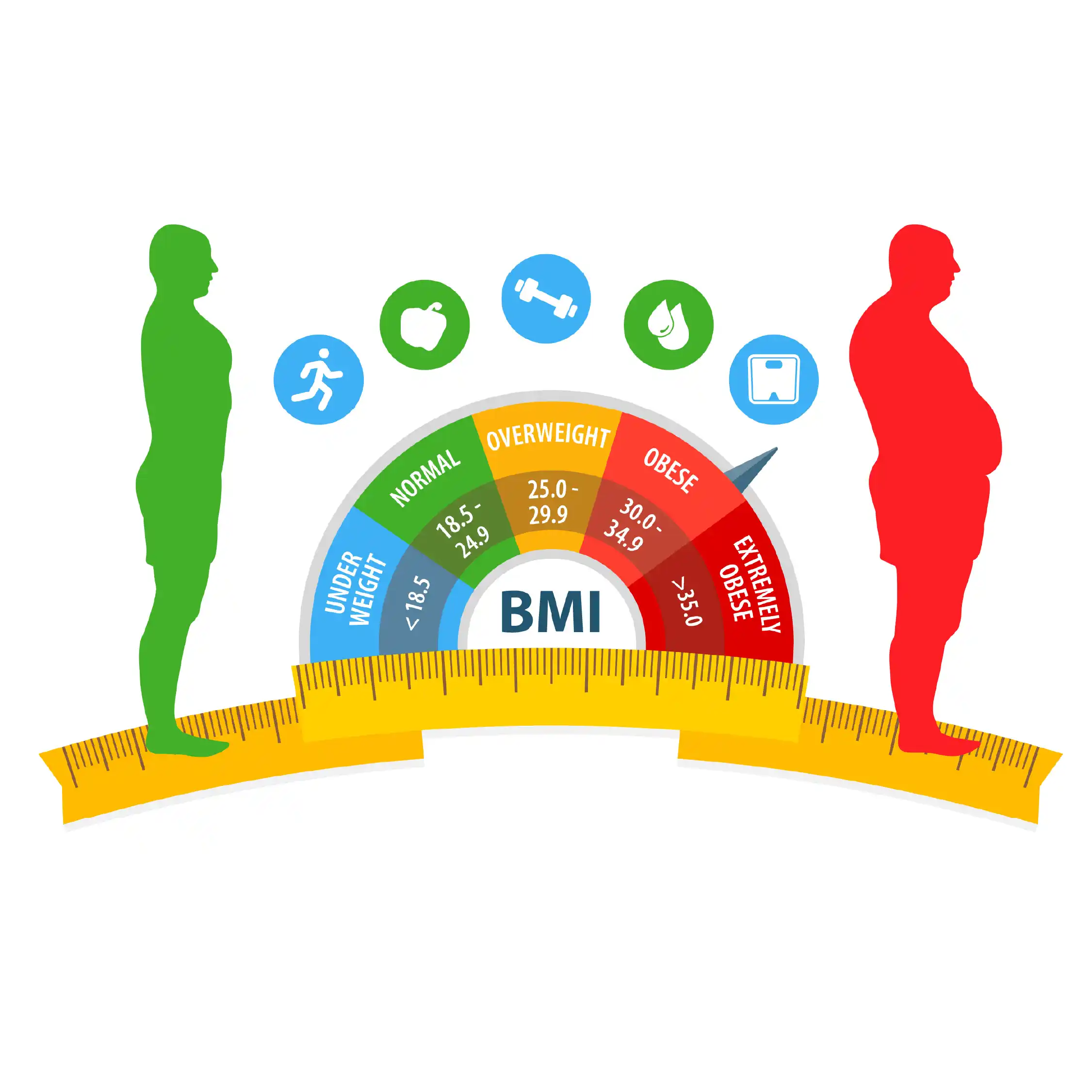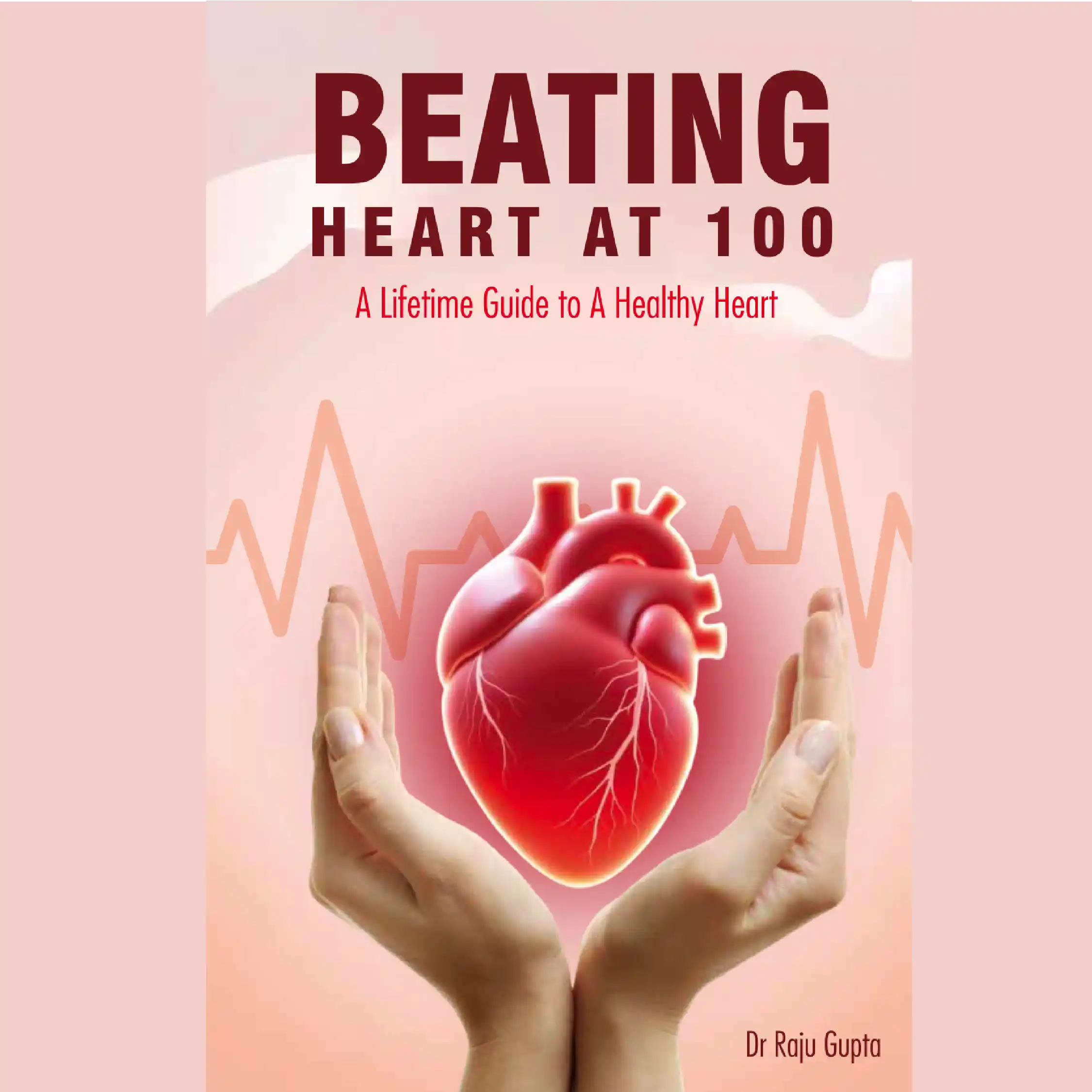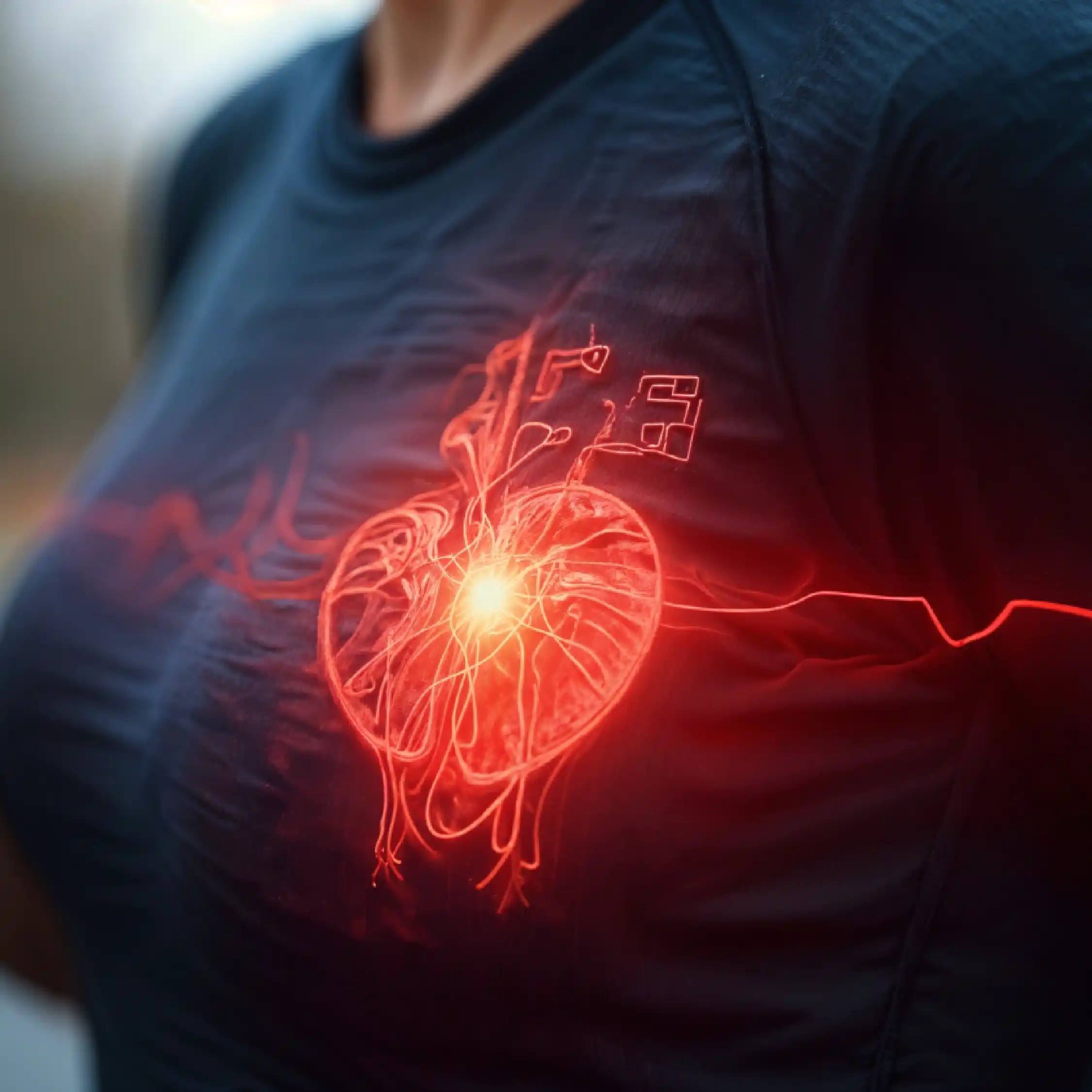Why This Number Matters More Than You Think
Your body fat percentage simply tells you what portion of your body is made of fat. Now, before you panic — fat isn’t your enemy. You need fat for energy, hormone production, insulation, and brain health. But here’s the catch: it’s all about how much and where it sits. Too little fat, and your body struggles to function. Too much fat — especially around your organs — and your risk for heart attacks, diabetes, and stroke skyrockets. And that’s why body fat percentage matters far more than that “BMI” number your doctor circles on your report. BMI can’t tell muscle from fat. Body fat percentage can.The Science: Fat That Loves Too Much
There are two kinds of fat in your body — and they behave like two very different types of relatives.- Subcutaneous fat: The harmless cousin. Sits under your skin, makes your cheeks cute and your jeans tight.
- Visceral fat: The toxic uncle. Lives deep inside, hugging your organs and releasing inflammatory chemicals that ruin your arteries, insulin sensitivity, and mood.
Humor Break: The Hidden Villain
You know that friend who says, “I eat whatever I want and never gain weight”? Congratulations — they might just be thin outside, fat inside (TOFI). It’s a real medical term, by the way. They might fit into jeans easily, but their internal organs are marinating in triglycerides. Science calls it metabolic obesity at normal weight (MONW). We call it the “mirror illusion.” Because the mirror lies. The heart doesn’t.Why Body Fat % Is the True Heart Indicator
Let’s break down what research says — and why cardiologists are now urging Indians to monitor fat percentage, not just weight.- It Predicts Heart Disease Better Than BMI: A study in The Lancet (2022) found that visceral fat, not overall weight, was the strongest predictor of early heart attacks.
- It Reveals “Silent” Risk in Normal-Weight People: According to Harvard Medical School (2021), people with “normal BMI but high body fat” had up to 3x greater risk of heart disease and insulin resistance.
- It Reflects Metabolic Fitness: A lower body fat percentage correlates with higher muscle mass, better insulin sensitivity, and stronger cardiovascular function — even in older adults.
The Ideal Body Fat % for Indians
So what’s a healthy number?| Gender | Healthy Range | Risk Zone |
| Men | 18%–25% | Above 27% |
| Women | 25%–32% | Above 35% |
Deep Thinking: Why We Ignore the Real Metric
We’ve spent decades obsessing over weight because it’s visible. It’s easy to measure, easy to compare, and fits nicely into casual conversations: “I lost 3 kg!” “Wow, what’s your BMI now?” But body fat percentage? It’s invisible, nuanced, and inconvenient. It doesn’t flatter our egos. It challenges our habits. Yet, it’s the number that decides whether your heart is quietly thriving or silently struggling.How to Measure It (Without Needing a Lab Coat)
1. Smart Scales (Home Option):
Affordable and decent for tracking trends. Not perfect, but useful if you measure under the same conditions each time.2. DEXA Scan (Gold Standard):
Highly accurate. Gives you fat, muscle, and bone density breakdown. Done once a year is enough for most.3. Waist-to-Height Ratio:
Simple trick: your waist should be less than half your height. If it isn’t — visceral fat is already winning.4. Mirror + Energy Test:
You don’t need a number to know when you’re carrying more than you should. If climbing stairs feels harder, or if your shirts are shrinking mysteriously — it’s not the laundry.Humor Break: The Desi Defense
Tell an Indian uncle he’s got excess body fat and he’ll say, “Beta, I’m not fat, just prosperous.” And that’s the problem — we’ve romanticized excess. We celebrate “healthy-looking” instead of “healthy-living.” No one claps when someone says, “My triglycerides are down!” But they will compliment your “rosy cheeks” that are actually early signs of prediabetes.How to Reduce Body Fat % the Smart Way
Forget crash diets or “detox teas.” Fat loss is about balance, not punishment.- Strength Training > Cardio Alone: Lifting weights or resistance bands preserves muscle and burns fat longer.
- Protein Power: Protein builds lean tissue, keeps you full, and improves metabolism. Aim for 1–1.2g per kg of body weight daily (unless restricted by your doctor).
- Sleep 7–8 Hours: Lack of sleep increases ghrelin (hunger hormone) and cortisol (stress hormone) — both love to store fat.
- Cut Refined Carbs, Not All Carbs: Ditch white sugar, maida, and sugary drinks. Keep whole grains, lentils, and fruits.
- Hydrate Like You Mean It: Water flushes toxins and supports fat metabolism — something your “detox drink” can’t outsmart.




